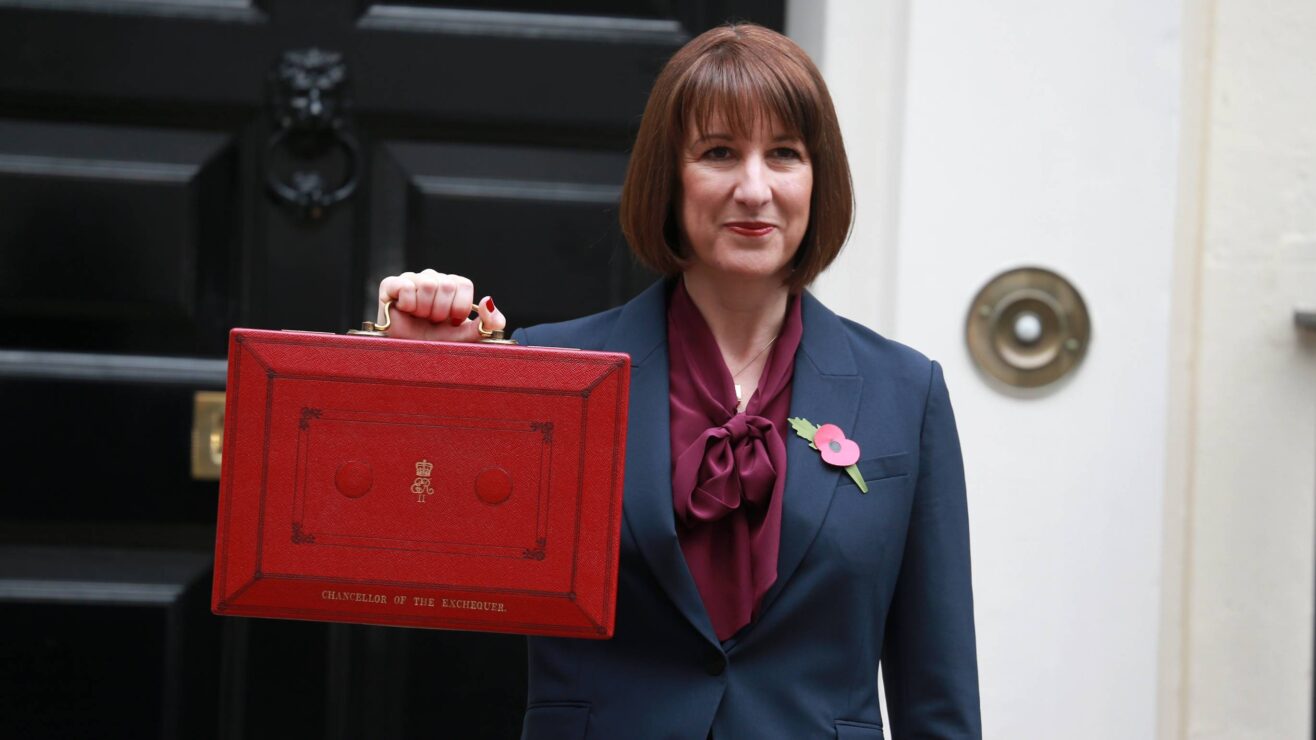By mirroring gender pay gap reporting, which was made mandatory in 2018, the Equality (Race and Disability) Bill would introduce mandatory ethnicity and disability pay gap reporting for large employers with 250 or more employers.
In his foreword to the consultation on introduction of the Bill, the Minister for Social Security and Disability Stephen Timms notes that the UK is far away from achieving its goal of creating a more equal society in which people can thrive whatever their background. According to the Office for National Statistics, the current ethnicity pay gap in the UK ranges from 1.9 per cent to 9.7 per cent, depending on ethnicity and if individuals were born in the UK.
Diving into the data, we were concerned to find that no progress has been made in reducing the median gross hourly pay gap for Black, African, Caribbean or Black British employees compared to white employees, remaining “consistent since 2012”. The disability pay gap is even more pronounced, at 12.7 per cent, having remained “relatively stable since 2014.” The lack of progress in closing these pay gaps is as concerning as the lack of awareness of the problem.
Conversely, the practice of gender pay gap reporting will have contributed to the gender pay gap declining by approximately a quarter among full-time employees over the past decade. Greater transparency helped build the foundations for positive transformation, creating a strategic imperative to root out systemic inequalities and leading to many employers developing, and proactively publishing, action plans to close the gap within their organisations.
In pursuing the noble aim of creating a more equal – and socially cohesive – society, the same focus must now be placed on tackling racial and disability inequalities. Economic inequalities between ethnic groups are an important contributor to social unrest.
The government should be supported in its proposed introduction of the Equality (Race and Disability) Bill and, speaking as vice chancellor of Birmingham City University (BCU), David would encourage fellow higher education leaders to join him in lending our public support to the government for this proposal.
There are two key reasons for higher education institutions publicising their ethnicity pay gaps in particular: to build trust with their internal community, and to strengthen authentically social cohesiveness in their local communities.
Building trust
BCU’s new strategy articulates a clear commitment to improve the diversity of our organisation at all levels and eradicate pay gaps. The first step in this will be to publish all our pay gaps with a clear plan to close them by 2030.
There are persistent racial inequalities in higher education. This is demonstrated most evidently in awarding gaps for ethnic minority students and Black students achieving a good honours degrees compared to white students, at 14.1 per cent and 21.6 per cent respectively in 2024. A lack of representation of ethnic minority staff in senior positions also conveys persistent inequities. Ethnic minorities now comprise one in three undergraduate students, but only one in four (20.2 per cent) of academic staff. Their representation is even lower among professors (15.1 per cent), senior managers (9.1 per cent) and executives (7 per cent).
The picture is more concerning in terms of Black representation in higher education. One in ten undergraduate students is Black (9.6 per cent), but only one in every roughly 27 academics share their ethnic identity. Only 1.6 per cent of all professors are black and 0.7 per cent of executives.
In contrast to the gender pay gap, information on the ethnicity pay gap in higher education is not routinely published. Combined with the lack of proportional representation of ethnic minority staff in senior positions, the lack of published data and strategy to tackle pay gaps has caused many staff to lose trust in institutional leadership and its commitment to tackle racial inequalities. The Equality (Race and Disability) Bill would bring parity with mandatory gender pay gap reporting and offer greater transparency to our communities.
For reference, the median gender pay gap across higher education institutions, which stands at 11.9 per cent, reduced by 4.4 percentage points since reporting began in 2017.
Community cohesion
Universities play a crucial role in shaping their localities and are increasingly active in strengthening social cohesion – our institutions allow (mostly) young people to study in diverse settings, enable better understanding of different cultures, encourage active citizenship, and develop graduates who are more likely to show concern over racism, be more positive towards immigration, and less likely to view feminism as harmful. Our social mobility missions break cycles of poverty, research and innovation activities drive productivity, and graduates sustain vital public services.
Working effectively with our diverse local communities necessitates trust and the transparent reporting of systemic racial inequalities is paramount. For BCU, this means better reflecting and working in partnership with a community in which no ethnic group has a majority; the 2021 census identified that Birmingham’s population is more than twice as likely to come from an ethnic minority than the overall population in England. 51.4 per cent of people living in Birmingham are from an ethnic minority group, compared to a national average in England of 19 per cent. The data is much more profound for Ladywood, the constituency in which BCU’s city centre campus is based. Here, more than three in four (76.6 per cent) come from an ethnic minority, with the greater proportions of Asian (38.6 per cent) and Black (25.9 per cent) than White (23.4 per cent) citizens.
Birmingham’s “super-diversity” is seen as one of its biggest strengths, the city council opining that it stems from the city’s long-standing history for welcoming people from around the world. However, we must recognise that challenges persist, most notably in terms of engendering social harmony and tackling inequality. Those two challenges are interlinked: social harmony rests on our different racial and ethnic groups feeling valued and having trust in their local institutions providing equal opportunities and equitable outcomes, regardless of background.
Our 2030 strategy sets out a clear vision to be an exemplar anchor institution by 2030. This vision was co-created with representatives from our communities, who recognise and value the crucial role that universities like ours play in their locality. Our strategy explicitly recognises the responsibility we have in strengthening social cohesion in our home city of Birmingham.
From speaking with many vice chancellors, I know that we at BCU are not alone in championing our civic mission. Notwithstanding this, until we collective publish data on ethnicity pay gaps – alongside action plans to overcome these – our sector may find it difficult to build and sustain trust with our diverse internal and external communities. The Equality (Race and Disability) Bill offers a timely opportunity for our sector to demonstrate its commitment to racial justice.
My fellow vice-chancellors would do well in voicing their support through this government consultation.














Here’s an extraordinary statistic. In your university the ratio of female to male students is two to one. Obviously, as with all disparities based on protected characteristics, this must be due to systemic injustice. I look forward to hearing about your bold action plan (by which I mean burdensome new reporting requirements) address this appalling inequity.
I think there is a typo in this sentence: ‘Ethnic minorities now comprise one in three undergraduate students, but only one in four (20.2 per cent) of academic staff.’ Isn’t this only one in five?
Yes, quite right. Thank you for spotting Joshua
What about the LGBT pay gap (recent estimates of 10-16%)?